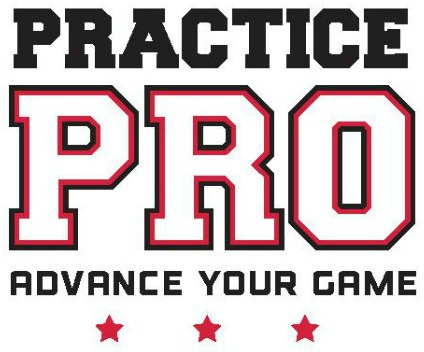Why ‘Standing Tall’ Matters: Turning Momentum into Speed
/Have you ever noticed when a pitcher leans forward after releasing the ball — almost like she’s off balance? You’ll hear her instructor (ahem!) call out, “Stand tall!” after every few pitches.
That posture issue has everything to do with her stride. She’s failing to harness all the power generated from her drive off the mound. A pitcher’s stride is just as important as her drive — it’s what channels her momentum into the ball. The stride provides resistance, balance, and accuracy. And if she wants to increase velocity, she must master her stride.
Momentum vs. Resistance
Momentum comes from the pitcher’s arm and drive leg propelling her toward the target. The stronger and simpler her motion, the more momentum she can create. Resistance, on the other hand, comes from the stride leg pushing back against that momentum. This resistance transfers the energy from her body into the ball.
Here are five key elements of an effective stride:
1. Angle of the Foot
The stride foot should land at a 45-degree angle. This angle dictates what the hips do next. When the stride foot lands, the toe initiates a powerful chain reaction — a rotational movement from the ground up.
If her toe points straight toward the target (0 degrees), her hips are already closed — like a door — leaving nowhere to rotate. If she lands at 90 degrees open, she’ll over-rotate and take too long to close. Landing at 45 degrees closed generates the same rotational power as 90 degrees but takes less time and keeps her mechanics efficient.
2. Flexed but Firm
“Flexed” and “firm” might sound contradictory, but in pitching, they’re teammates.
The stride knee must be slightly bent when landing — and stay bent at that same angle throughout the motion. The front leg, waist, and shoulders must remain still while the arm and back leg drive forward.
A common mistake is bending the knee further upon landing. That absorbs momentum instead of transferring it to the ball. On the other hand, landing with a locked stride leg eliminates athletic resistance and often causes the pitcher to bend forward at the waist, risking both power and injury.
3. Stride Toward the Target
It seems obvious, but many players step off target for a variety of reasons — poor body awareness, compensating for arm-circle flaws, or blending mechanics from other pitches.
For the fastball, changeup, rise, and drop, the stride should land directly toward the target. The toe should touch the power line — not cross it, and not drift more than two inches left. The ball should travel on the power line, not her body.
If her entire foot lands on the line, she’s over-rotating — a common mistake seen in the “balance beam” drills online (which we do not teach). Over-rotation often causes the arm circle to fly behind her back, pulling the ball off line and delaying hip closure.
4. Land on the Ball of the Foot
The ball of the foot — not the heel — should strike first. This keeps the leg athletic and stable, allowing her to:
Avoid injury from a locked knee
Effectively resist her momentum
Stay upright and balanced
Think of pitching like jumping — you can’t jump effectively from your heels! Try it; it’s awkward and nearly impossible.
5. De-Weight the Body
The stride leg should carry just enough of her body weight to let her glide off the mound. It’s a controlled leap. When she kicks her stride leg forward with force, she gains momentum — and with more momentum comes more speed potential.
Putting It All Together
To understand how the stride helps a pitcher stay tall through release, think of pitching as backwards walking. In normal walking, your body weight transfers forward with each step — that’s how you move forward. In pitching, however, she’s not trying to move herself forward — she’s trying to send the ball forward.
So instead of transferring her weight to the front leg, it stays on the back leg, much like sliding into second base — her stride foot is out in front while her body stays behind.
When a pitcher lacks resistance, she appears to be falling forward or simply placing her front foot down, as if dropping it from above. A proper stride should look like a slide into a base — low, fast, and controlled.
The sooner a pitcher learns this concept, the sooner she’ll find herself throwing faster — and standing tall doing it.


